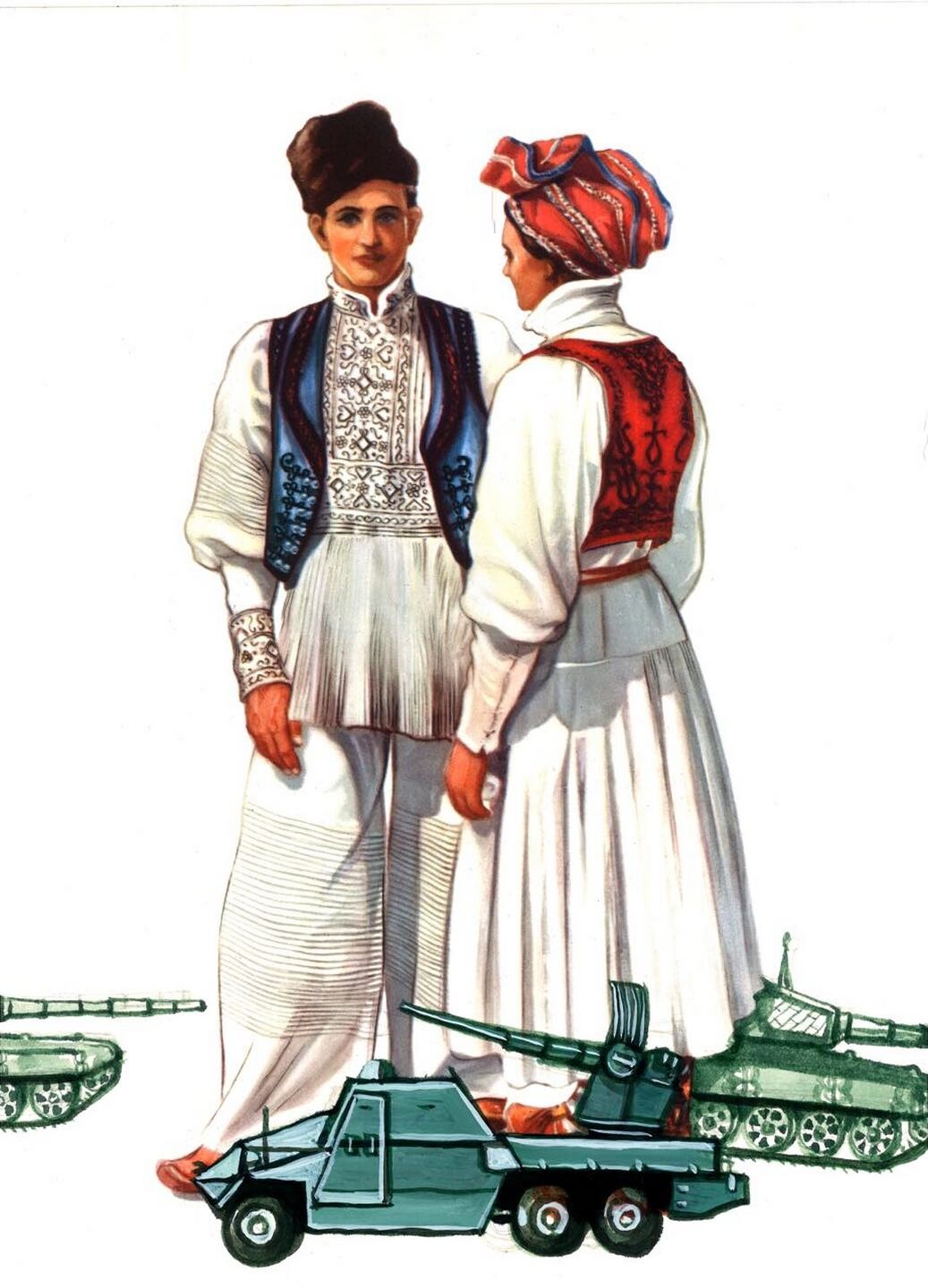On the Shoulders of Fallen Giants
July 20–October 28, 2018
Artists: Zanny Begg & Elise McLeod, Nina Bunjevac, CANAN, Phil Collins, Matija & Mauricio Ferlin, Fokus grupa, Ulrik Heltoft, Vlatka Horvat, Siniša Ilić, Rajkamal Kahlon, Božena Končić Badurina, Luiza Margan, Maryanto, Naeem Mohaiemen, Oscar Murillo, Nikolay Oleynikov, Daniela Ortiz, Dan Perjovschi, Laure Prouvost, Miljohn Ruperto, Selma Selman, шkart, Marko Tadić & Miro Manojlović, Želimir Žilnik
Encounters and stories: Kastav - Monument to the Partisan (Vinko Matković); Labin - Birth house of Giuseppina Martinuzzi, Monument to the Miner (Quintino Bassani & Berislav Iskra), Sculpture park Dubrova; Pula - Dante’s Square, Divić crane in Uljanik shipyard, Mermaid on the Communal Palace, Monument to the Sailor (Pavle Perić), Mosaic ”Punishment of Dirce,” Tito’s park; Raša – Square of Gustavo Pulitzer Finali; Rijeka - Church of St Romuald and All Saints, Jadrolinija building, Monument to the thirteen shot (Zvonimir Pliskovac), Sušak primary school socialist frescos (Vilim Svečnjak); Vodnjan – Benussi Palace, Corpi Santi Collection, Headquater of Istrian Inquisition, Partisan graffitti…
Curated by What, How and For Whom/WHW
Openings dates: July 19–21, 2018
Venues: Cultural Center “Lamparna”, People’s Museum Labin, City Library (Labin); former Raša cinema (Raša); The Museum of Modern and Contemporary Art (Rijeka); Augustus Temple, Amphitheatre Gallery, SENSE – The Center for Justice in Transition (Pula); Apoteka – Space for Contemporary Art (Vodnjan)
Organizer: Labin Art Express XXI, together with Museum of Modern and Contemporary Art Rijeka and Archaeological Museum of Istria, Pula
Part of the project Rijeka - European Capital of Culture 2020.
The 2nd Industrial Art Biennial takes the Istrian peninsula in Croatia as its starting point. It considers the region both as a context and symbol—the word peninsula literally meaning “almost island”—marked by geographic and historic specificities and a place on the crossroads of empires, from the Greek, Roman, Venetian, Austro-Hungarian, French and Italian to socialism; a place both isolated and connected, similar to a “little continent.” The combustion of the coal that formed in the bowels of Istria centuries ago sparked the expansion of capital, incited colonial and war campaigns, was used to process metal and sugar from further colonies, supported the industries of the fascist military and participated in building socialism—before being abandoned during the long, seemingly endless period of so-called transition.
The Industrial Art Biennial was built with the aim of revitalizing the former mines in and around the city of Labin. The title of this second edition On the Shoulders of Fallen Giants relates to the necessity of relying on earlier achievements to attain new insights and knowledge, while the mental image of fallen giants attempts to inspire the creation of new narratives on the ruins of existing ones. By using a variety of different subjectivities with a feminist streak, On the Shoulders of Fallen Giants dissolves the androcentric tone of the title and its associations with the dominant masculine identity of mining. It also recalls well-known Istrian legends, folk tales and the fantastical imaginary of Istria (Istria is known as “Terra Magica”), in order to question the social effects and conditions of the magical, nature, and history.
On the Shoulders of Fallen Giants is based on tales, urban legends and historical episodes. It recounts the short-lived and chaotic proto-fascist alliance of avant-garde art and politics under the leadership of the poet Gabriele D’Annunzio, who occupied Rijeka from 1919 to 1920 with a band of soldiers, artists and adventurers. Equally, it remembers the the region as the site of the first European antifascist rebellion in Labin in 1921, as well as being one of the earliest Cold War theatres in Europe and the scene of a traumatic post-war exodus—that of the Italian majority in Pula. It also marks Istria as a relative safe-haven for those who were ethnically and politically “undesirable” during and after the former Yugoslav wars during the 1990s. The biennial traces all these long-lasting interconnections and pushes them into the present, when the traditional “tolerance” of this region is increasingly giving way to populist political polarizations.
Over 25 contemporary artists’ works are exhibited, many of which have been produced for the exhibition. The exhibition also includes a number of existing historical and cultural locations such as antique landmarks; industrial, administrative and sacral buildings and their details; antifascist and other monuments; as well as parts of existing collections from the Archaeological Museum in Pula, the Museum of Modern and Contemporary Art in Rijeka and the People’s Museum in Labin. This extension of the exhibition does not have the ambition of discovering ‘the unseen,’ but rather seeks to appropriate the seen in order to move away from their official narratives, so that through a polyphony of artistic voices the ideological surplus that (luckily) exists in every local context is presented as larger than itself, and as connected with other locations and other struggles. On the Shoulders of Fallen Giants summons the ghosts of history and the future, in a summer daydream sporadically interrupted by emergency signals coming from all directions; signals to which it only seems that no-one is responding.

